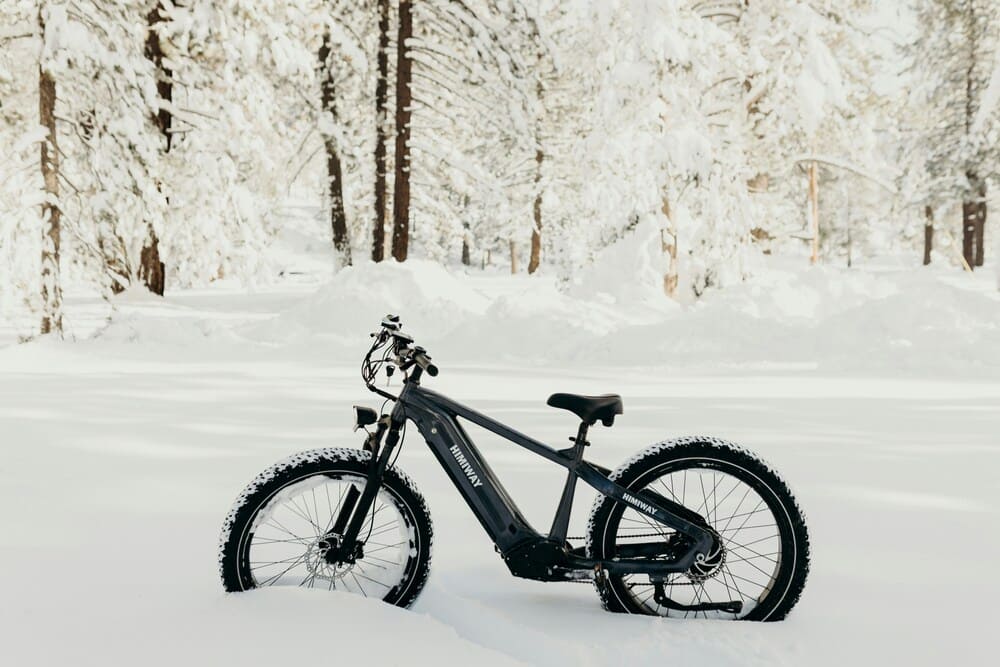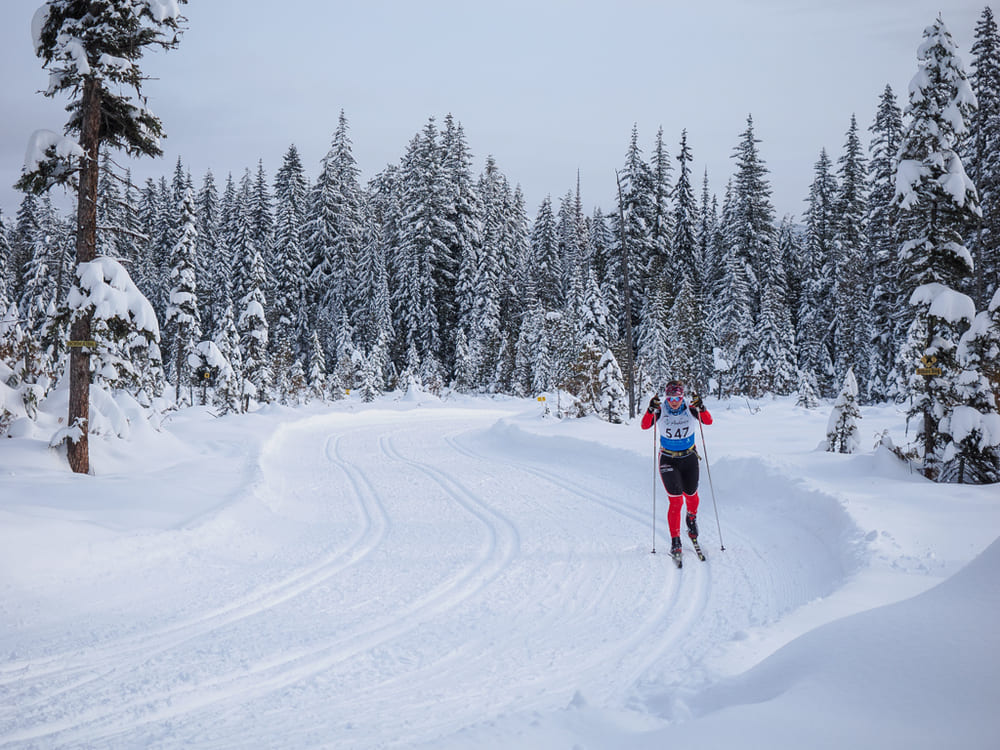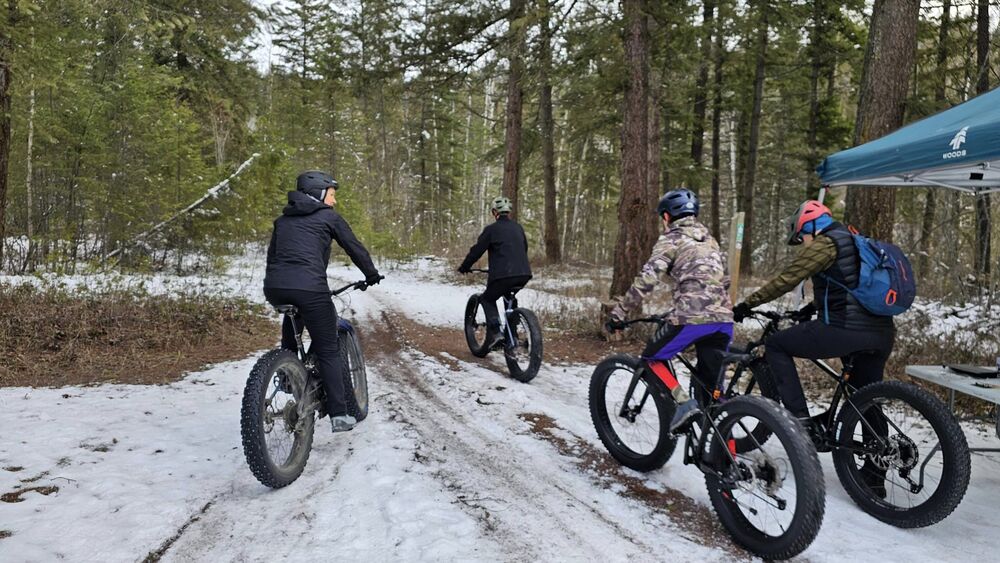Cycling in the winter presents its own set of challenges. From unpredictable weather to slippery roads, cyclists must approach this season with caution and preparation. While winter riding can be rewarding and exhilarating, it’s easy to make mistakes that can lead to discomfort, equipment damage, or even accidents. Understanding the common pitfalls and how to avoid them is key to having a successful and safe cycling experience during colder months. Here are five mistakes many cyclists make in winter, along with advice on how to avoid them.
Wearing the Wrong Gear
One of the most common mistakes cyclists make when heading out in winter is not dressing appropriately for the cold. Many people underestimate how cold they will feel once they start moving, and this can lead to a miserable ride. On the other hand, over-layering can result in overheating, leaving the cyclist drenched in sweat, which can lead to rapid cooling and discomfort once they slow down or stop. The key to winter cycling is dressing in layers and choosing the right materials.
Cyclists often rely on thick jackets or cotton-based clothing, which are poor choices for winter riding. Cotton traps moisture and fails to insulate once wet. The best approach is to wear a base layer that wicks sweat away, an insulating middle layer for warmth, and an outer layer that is windproof and water-resistant. Each layer serves a specific function and can be adjusted depending on the temperature and wind conditions. A mistake some cyclists make is not bringing enough flexibility in their clothing choice, which makes it difficult to adjust during a ride if conditions change.
Additionally, extremities like hands, feet, and head are often overlooked. Proper gloves, thermal socks, and a cycling cap or balaclava under the helmet can make all the difference. It’s important not to underestimate how quickly fingers and toes can get cold when exposed to freezing wind.
Neglecting Bike Maintenance
Winter conditions are especially harsh on bikes. Cold temperatures, wet roads, salt, and grime can cause significant wear and tear on a bicycle. One of the biggest mistakes cyclists make is not adjusting their maintenance routine for winter weather. Many assume that because they are cycling less frequently, their regular maintenance schedule can be relaxed, but the opposite is true. Regular care is even more critical during the winter months.
A common oversight is not cleaning the bike after a ride, particularly when roads are wet or covered in road salt. Salt can corrode metal parts of the bike, especially the chain and other moving components. Grime buildup can also affect the efficiency of gears and brakes. Ensuring that the bike is clean and dry after each ride can extend its lifespan and help avoid mechanical issues during future outings.
Lubrication is also essential in winter conditions. Cold temperatures can cause regular lubricants to thicken, leading to sluggish gear changes and more effort on the pedals. Switching to a winter-specific chain lubricant, which is designed to withstand colder temperatures and repel water, will keep the drivetrain running smoothly. Checking the brakes, ensuring proper tire inflation, and regularly inspecting the bike for wear and tear are all part of a winter maintenance routine that too many cyclists neglect.
Using Inappropriate Tires
Another common winter cycling mistake involves using the wrong type of tires. Many cyclists don’t realize that their usual summer tires may not be ideal for cold, wet, or icy roads. Summer tires typically have less tread, which can make them dangerous on slick surfaces. Inadequate grip increases the likelihood of slipping or skidding, particularly on icy patches or wet leaves.
Switching to wider tires with deeper tread can significantly improve traction on winter roads. Some cyclists opt for studded tires for icy conditions, which provide the best possible grip on frozen surfaces. Wider tires can also be run at lower pressure, which increases surface contact and stability, essential for winter riding when road conditions are unpredictable. Failing to adjust tire choice for winter conditions can result in reduced control and a higher risk of falls.
Another mistake related to tire pressure is keeping it the same as during summer months. Colder temperatures reduce tire pressure naturally, and cyclists who don’t adjust for this may find themselves riding on under-inflated tires, which can make handling more difficult and increase the risk of punctures. Checking tire pressure before every winter ride and maintaining it at the recommended level for cold weather is crucial for a smooth and safe ride.
Underestimating the Importance of Visibility
Winter days are shorter, and often the weather is gloomy, making visibility a crucial aspect of cycling that many overlook. Many cyclists make the mistake of not adjusting their visibility gear to reflect winter conditions. This includes not only being able to see, but also being seen by others.
During winter, cyclists need to use stronger lights than they would in other seasons. Front and rear lights that are bright enough for daytime use are essential, even during the daytime, because winter conditions such as fog, heavy clouds, or rain can dramatically reduce visibility. A mistake some cyclists make is relying on basic lights that are only suitable for nighttime city riding, which may not be enough in dark or foggy winter mornings.
High-visibility clothing is also a key factor. Reflective elements on jackets, helmets, and shoes are incredibly important during this time of year. Cyclists often don’t realize that drivers and other road users may not expect them on the road during winter months, and wearing dark or non-reflective clothing can increase the risk of being overlooked. Even in urban areas, adding reflective strips to your gear or bike can make a significant difference in safety.
Failing to Adjust Riding Technique
Cycling in the winter requires a different approach compared to riding in the warmer months, and failing to adjust your riding technique is a common error. Roads can be icy or wet, and this demands a more cautious and controlled style of riding. One common mistake cyclists make is not allowing extra distance for braking. Wet or icy conditions can significantly increase stopping distances, and if a cyclist doesn’t anticipate this, they may find themselves skidding or unable to stop in time to avoid obstacles or traffic.
Cornering too sharply is another frequent error. On icy or wet roads, the risk of sliding out during a turn increases dramatically. To avoid this, cyclists should take corners more slowly and carefully, leaning their body more than the bike itself to keep as much of the tire surface in contact with the road as possible. By adjusting the riding technique to fit the conditions, cyclists can reduce the risk of accidents and injuries.
In addition, cyclists must be more aware of road conditions during the winter. Ice patches, standing water, and wet leaves can all present hazards that are less common in the warmer months. Failing to look ahead and plan for these challenges can lead to dangerous situations. Maintaining a slower, more controlled pace allows cyclists to respond more effectively to unexpected changes in road conditions.
Conclusion
Winter cycling can be challenging, but by avoiding these common mistakes, cyclists can enjoy a safer and more comfortable ride. Proper gear selection, bike maintenance, appropriate tires, attention to visibility, and adjusted riding techniques are all critical elements to consider when taking on the winter roads. With the right preparation and mindset, winter cycling can be an enjoyable and rewarding experience, offering the opportunity to stay active and explore in cold weather, without falling into the pitfalls that often come with the season.




